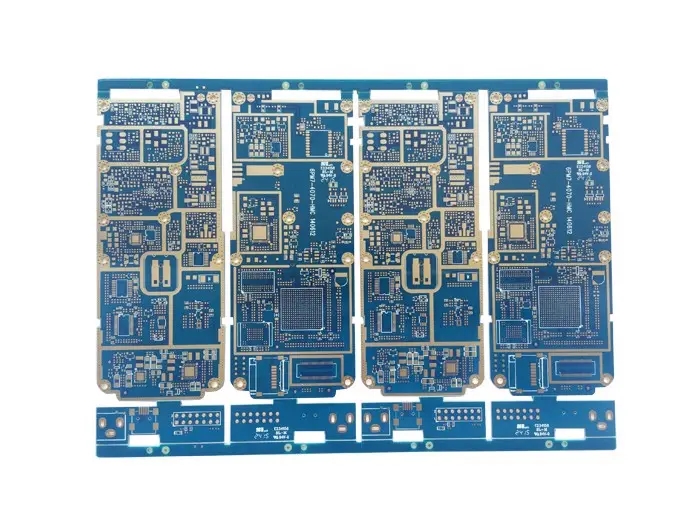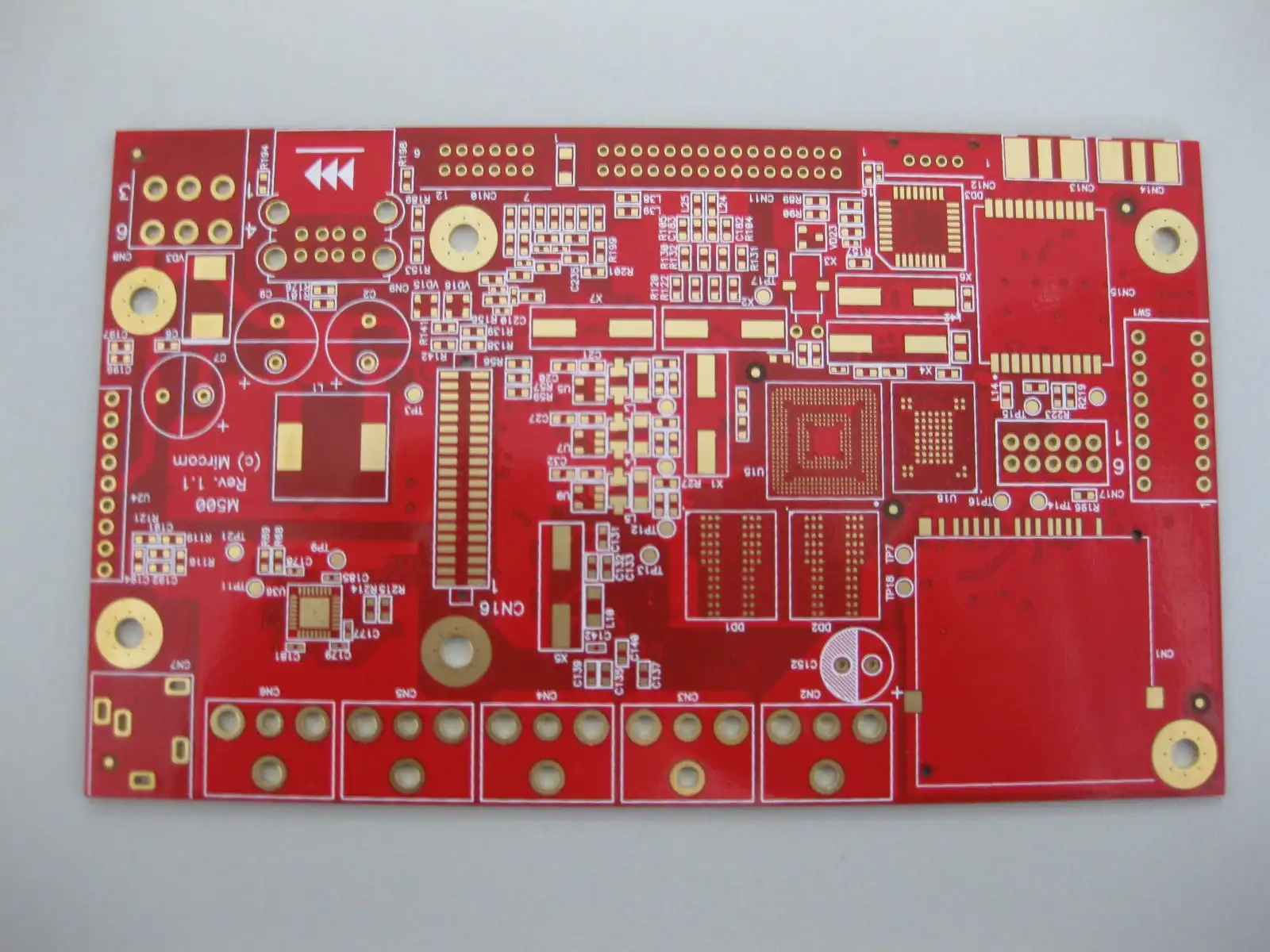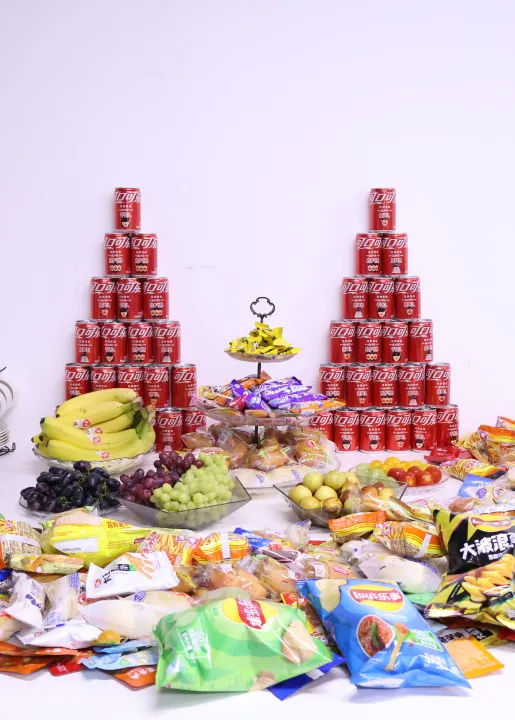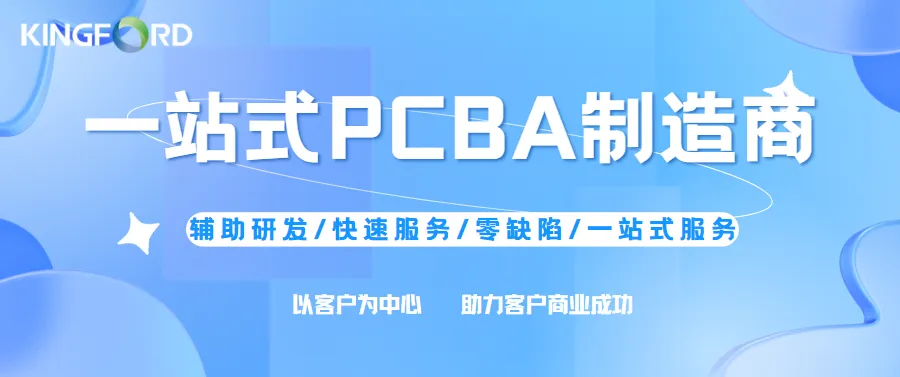
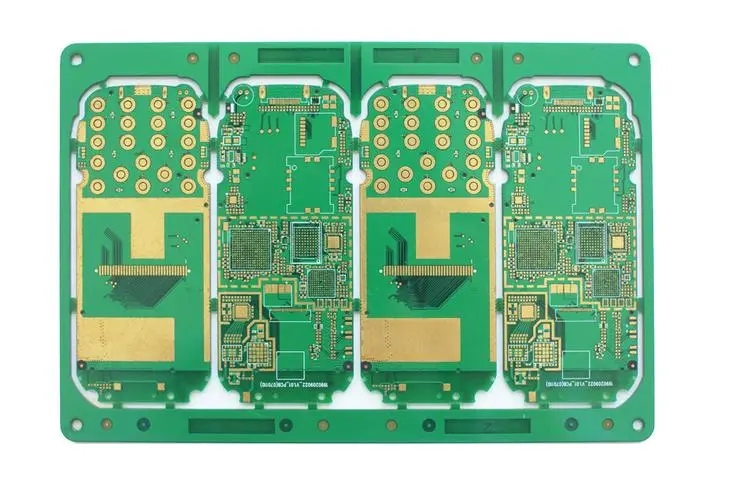
What is halogen-free PCB? How much do you know about it?
What is halogen-free substrate
According to JPCA-ES-01-2003 standard: copper clad laminate with chlorine (C1) and bromine (Br) content less than 0.09% Wt (weight ratio) is defined as halogen-free copper clad laminate. (Meanwhile, the total amount of CI+Br ≤ 0.15% [1500PPM])
Why to ban halogen
Halogens refer to halogen elements in the periodIC table of chEMIcal elements, including fluorine (F), chlorine (CL), bromine (Br) and iodine (1). At present, the flame retardant base materials, FR4, CEM-3, etc. are mostly brominated epoxy resin. Among brominated epoxy resins, tetrabromobisphenol A, polybrominated biphenyl, polybrominated DIPhenyl ether and polybrominated diphenyl ether are the main resistance fuels for copper clad laminate, which are low cost and compatible with epoxy resin. However, studies by relevant institutions have shown that halogen containing flame retardant materials (polybrominated biphenyl PBB: polybrominated diphenyl ether PBDE) will emit dioxin TCDD, benzfuran, etc. when the waste is ignited, with large smoke volume, unpleasant SMEll, highly toxic gas, carcinogenic, and cannot be discharged after ingestion, which is not environmentally friendly and affects human health. Therefore, the European Union has launched a ban on PBB and PBDE as flame retardants in electronic information products. The same document of the Ministry of Information Industry of China requires that by July 1, 2006, electronic information products put on the MARKet shall not contain lead, mercury, hexavalent chromium, polybrominated biphenyls or polybrominated diphenyl ether.

The EU's laws prohibit the use of six substances, such as PBB and PBDE. It is understood that PBB and PBDE are basically not used in the CCL industry, and bromine flame retardant materials other than PBB and PBDE are mostly used, such as tetrabromobisphenol A, dibromophenol, etc. Their chemical formula is CISHIZOBr4. This kind of bromine containing copper clad laminate is not regulated by any laws and regulations, but this kind of bromine containing copper clad laminate will release a large amount of toxic gas (brominated type) and smoke in case of combustion or electrical fire; When PCB is used for hot air leveling and component welding, affected by high temperature (>200), the plate will also release a SMAll amount of hydrogen bromide; Whether dioxins will also be produced is still under evaluation. Therefore, FR4 sheet containing tetrabromobisphenol A flame retardant is not prohibited by law and can still be used, but it cannot be calLED halogen-free sheet.
Principle of halogen-free substrate
At present, most halogen-free materials are mainly phOSPhorus and phosphorus nitrogen systems. When burning, the phosphorus containing resin is decomposed by heat to generate metapolyphosphoric acid, which is highly dehydrated, forming a carbonized film on the surface of the polymer resin, isolating the contact between the burning surface of the resin and the air, so that the fire is extinguished and the flame retardant effect is achieved. The high polymer resin containing phosphorus and nitrogen compounds produces incombustible gas when burning, helping the resin system to be flame retardant.
Characteristics of halogen-free plates
one
Insulation of materials
Because the halogen atom is replaced by P or N, the polarity of the molecular bond segment of the epoxy resin is reduced to a certain extent, thus improving the insulation resistance and anti breakdown ability of the material.
two
Water absorption of materials
Halogen free plate, because the number of N and P in the deoxidizing resin of nitrogen phosphorus system is less than that of halogen, its probability of forming hydrogen bond with hydrogen atom in water is lower than that of halogen materials, so its water absorption is lower than that of conventional halogen flame retardant materials. For plates, low water absorption has a certain impact on improving the reliability and stability of materials.
three
Thermal stability of materials
The content of nitrogen and phosphorus in halogen-free plate is higher than that of halogen in common halogen-free materials, so the molecular weight and Tg value of monomer are increased. When heated, its molecular mobility will be lower than that of conventional epoxy resin, so the thermal expansion coefficient of halogen-free materials is relatively small.
Experience of producing halogen-free PCB
Lamination
Laminating parameters may vary from company to company. Take the above mentioned Beneficial Substrate and PP as the multilayer board. In order to ensure the full flow of resin and good adhesion, it requires a low temperature rise rate (1.0-1.5 ℃/min) of the board material and multi section pressure matching. In addition, it requires a long time in the high temperature stage, which lasts more than 50 minutes at 180 ℃. The following is a recommended set of platen program settings and actual sheet temperature rise. The bonding force between the copper foil and the substrate of the pressed plate is 1. ON / mm according to the test results. After six tiMES of thermal shock, the electrically charged plate does not show delamination and bubbles.
Drilling machinability
Drilling condition is an important parameter, which directly affects the quality of hole wall in PCB processing. The adoption of P and N series functional groups in halogen-free copper clad laminates increases the molecular weight and enhances the rigidity of molecular bonds, which also enhances the rigidity of materials. At the same time, the Tg point of halogen-free materials is generally higher than that of ordinary copper clad laminates, so the drilling parameters of ordinary FR-4 are used for drilling, and the results are generally not ideal. When drilling halogen-free plates, it is necessary to make some adjustments under normal drilling conditions.
Alkali resistance
In general, the alkali resistance of halogen-free plates is worse than that of common FR-4. Therefore, in the etching process and the rework process after resistance welding, special attention should be paid to that the immersion time in alkaline film remover should not be too long to prevent the occurrence of white spots on the substrate.
Halogen free resistance welding
At present, there are many kinds of halogen-free solder resist inks available in the world, and their performance is SIMilar to that of ordinary liquid photosensitive inks.
Concluding remarks
Halogen free PCB boards can meet the quality requirements of PCB boards in other properties due to their low water absorption and environmental requirements. Therefore, the demand for halogen-free PCB boards is growing.
PCB manufacturers, PCB designers and PCBA manufacturers will explain what halogen-free PCBs are and how much you know about them.
然后
聯(lián)系
電話熱線
13410863085Q Q

微信

- 郵箱




